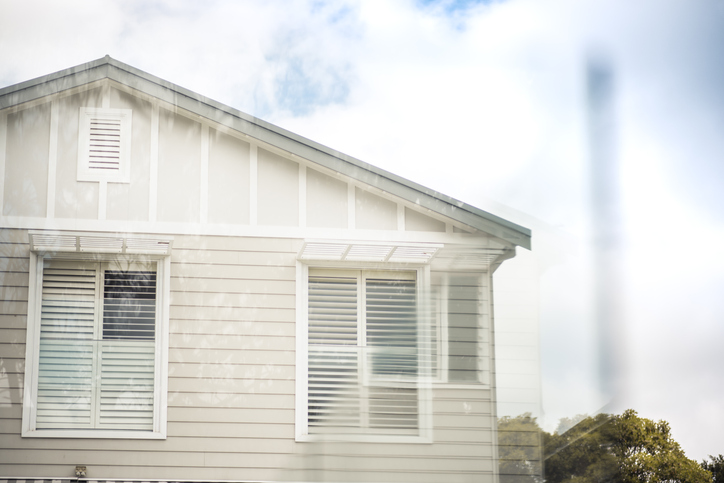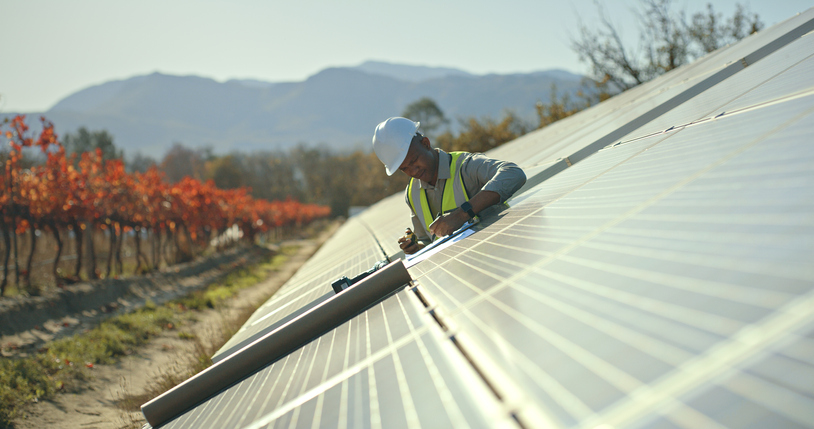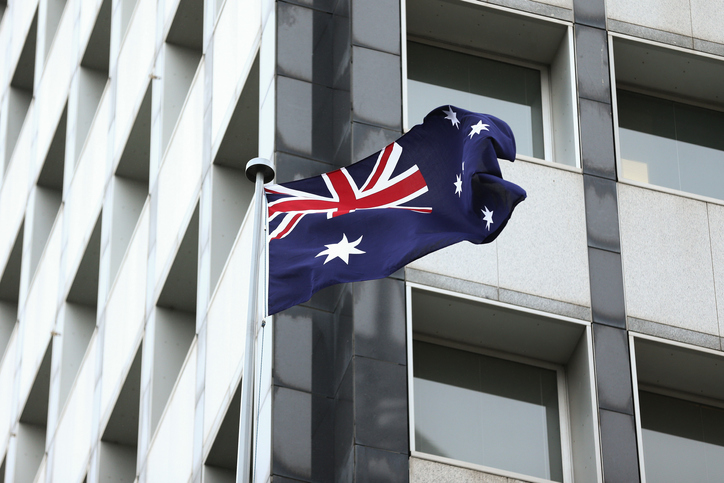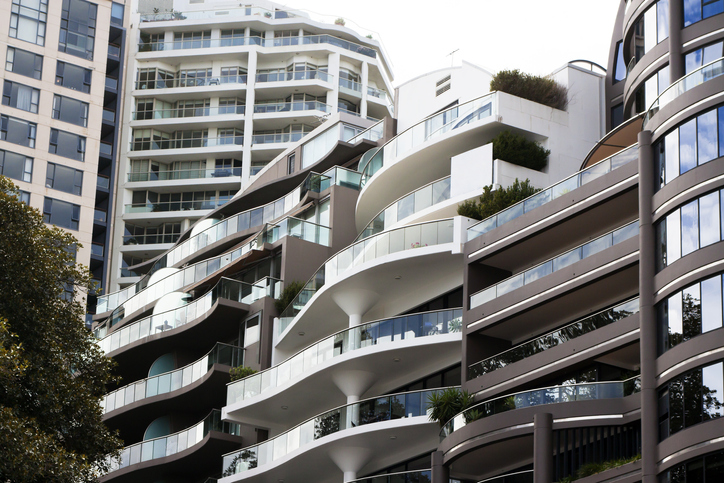Australian home values bounce back for third consecutive month
Capital cities lead the way as median home values see clear upswing
Home values continue their upwards trajectory, recording the strongest monthly growth in 18 months, CoreLogic data shows.
The property data provider reports that their Home Value Index has noted a third consecutive rise in values in May, accelerating 1.2 percent over the past month. This is on the back of a 0.6 percent increase in March and 0.5 percent rise in April.
Sydney recorded the strongest results, up 1.8 percent, the highest recorded in the city since September 2021. The fall in Sydney’s home values bottomed in January but have since accelerated sharply by 4.8 percent, adding $48,390 to the median dwelling value.
Melbourne recorded more modest gains, with home values increasing by 0.9 percent, bringing the total rise this quarter to 1.6 percent. It was the smaller capitals of Brisbane (up 1.4 percent) and Perth (up 1.3 percent) that reported stronger gains.
CoreLogic research director Tim Lawless said the lack of housing stock was an obvious influence on the growing values.
“Advertised listings trended lower through May with roughly 1,800 fewer capital city homes advertised for sale relative to the end of April. Inventory levels are -15.3 percent lower than they were at the same time last year and -24.4 percent below the previous five-year average for this time of year,” he said.
“With such a short supply of available housing stock, buyers are becoming more competitive and there’s an element of FOMO creeping into the market.
“Amid increased competition, auction clearance rates have trended higher, holding at 70 percent or above over the past three weeks. For private treaty sales, homes are selling faster and with less vendor discounting.”
Vendor discounting has been a feature in some parts of the country, particularly prestige regional areas that saw rapid price rises during the pandemic – and subsequent falls as people returned to the workplace in major centres.
The CoreLogic Home Value Index reports while prices appear to have found the floor in regional areas, the pace of recovery has been slower.
“Although regional home values are trending higher, the rate of gain hasn’t kept pace with the capitals. Over the past three months, growth in the combined capitals index was more than triple the pace of growth seen across the combined regionals at 2.8% and 0.8% respectively,” Mr Lawless said.
“Although advertised housing supply remains tight across regional Australia, demand from net overseas migration is less substantial. ABS data points to around 15% of Australia’s net overseas migration being centred in the regions each year. Additionally, a slowdown in internal migration rates across the regions has helped to ease the demand side pressures on housing.”
This stylish family home combines a classic palette and finishes with a flexible floorplan
Just 55 minutes from Sydney, make this your creative getaway located in the majestic Hawkesbury region.
A Sydney site with a questionable past is reborn as a luxe residential environment ideal for indulging in dining out
Long-term Sydney residents always had handful of not-so-glamourous nicknames for the building on the corner of Cleveland and Baptist Streets straddling Redfern and Surry Hills, but after a modern rebirth that’s all changed.
Once known as “Murder Mall” or “Methadone Mall”, the 1960s-built Surry Hills Shopping Centre was a magnet for colourful characters and questionable behaviour. Today, however, a $500 million facelift of the site — alongside a slow and steady gentrification of the two neighbouring suburbs — the prime corner property has been transformed into a luxury apartment complex Surry Hills Village by developer Toga Group.
The crowning feature of the 122-apartment project is the three-bedroom penthouse, fully completed and just released to market with a $7.5 million price guide.
Measuring 211sqm of internal space, with a 136sqm terrace complete with landscaping, the penthouse is the brand new brainchild of Surry Hills local Adam Haddow, director of architecture at award-winning firm SJB.
Victoria Judge, senior associate and co-interior design lead at SJB says Surry Hills Village sets a new residential benchmark for the southern end of Surry Hills.
“The residential offering is well-appointed, confident, luxe and bohemian. Smart enough to know what makes good living, and cool enough to hold its own amongst design-centric Surry Hills.”
Allan Vidor, managing director of Toga Group, adds that the penthouse is the quintessential jewel in the crown of Surry Hills Village.
“Bringing together a distinct design that draws on the beauty and vibrancy of Sydney; grand spaces and the finest finishes across a significant footprint, located only a stone’s throw away from the exciting cultural hub of Crown St and Surry Hills.”
Created to maximise views of the city skyline and parkland, the top floor apartment has a practical layout including a wide private lobby leading to the main living room, a sleek kitchen featuring Pietra Verde marble and a concealed butler’s pantry Sub-Zero Wolf appliances, full-height Aspen elm joinery panels hiding storage throughout, flamed Saville stone flooring, a powder room, and two car spaces with a personal EV.
All three bedrooms have large wardrobes and ensuites with bathrooms fittings such as freestanding baths, artisan penny tiles, emerald marble surfaces and brushed-nickel accents.
Additional features of the entertainer’s home include leather-bound joinery doors opening to a full wet bar with Sub-Zero wine fridge and Sub-Zero Wolf barbecue.
The Surry Hills Village precinct will open in stages until autumn next year and once complete, Wunderlich Lane will be home to a collection of 25 restaurants and bars plus wellness and boutique retail. The EVE Hotel Sydney will open later in 2024, offering guests an immersive experience in the precinct’s art, culture, and culinary offerings.
The Surry Hills Village penthouse on Baptist is now finished and ready to move into with marketing through Toga Group and inquiries to 1800 554 556.
This stylish family home combines a classic palette and finishes with a flexible floorplan
Just 55 minutes from Sydney, make this your creative getaway located in the majestic Hawkesbury region.























